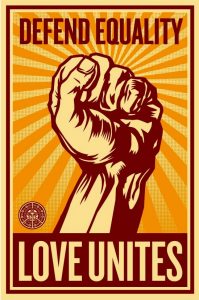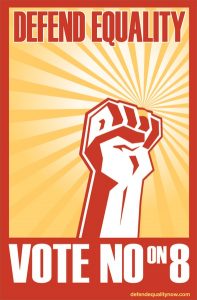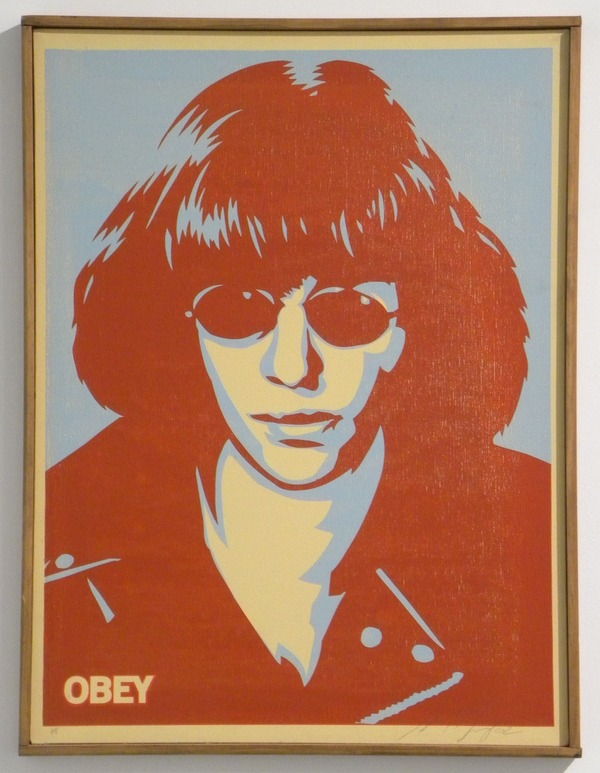
Shepard Fairey
Love Unites
2008
Screenprint
36 x 24 in.
Edition of 450
Pencil signed and numbered
About the work:
Shepard Fairey is a known activist. He became a household name in 2008 for the Hope image he created for then-candidate Obama. In California, on the same ballot that elected President Obama, Proposition 8 (commonly referred to as Prop 8), a state constitutional amendment, was passed. The passing of Prop 8 overturned the California Supreme Court’s ruling, from the same year, that same-sex couples “have a constitutional right to marry.” As an activist, Fairey became swiftly engaged in the cause to “Defend Equality.”
This week’s Work of the Week! WOW! is Love Unites.
Love Unites was specifically designed for the marriage equality movement called “Defend Equality” and became a symbol of the post-Proposition 8 struggle. The work was released by Shepard Fairey’s studio only 13 days after the November 4, 2008 vote, and just one day ahead of the rallies held in Hollywood and Highland. All of the proceeds from the sales were donated towards efforts to achieve marriage and LGBTQ equality. The image Fairey created was inspired by the work of Aaron Harvey, a campaign image to promote a “No” vote to Prop 8.

Aaron Harvey Campaign Poster
California first explicitly defined marriage as a state between a man and woman in 1977. In 2004, San Francisco Mayor Gavin Newsom allowed same-sex marriages in his city, which were subsequently annulled. This led to the May 2008 California Supreme Court ruling, by a 4-3 vote, that same-sex couples had the “constitutional right to marry,” which was overturned by Prop 8.
Numerous lawsuits, protests and demonstrations challenged the proposition’s validity. It wasn’t until August 4, 2010 that United States District Court Judge Walker, ruled in the case of Perry v. Schwarzenegger, that Prop 8 violated both the “due process” and “equal protection” clauses of the US Constitution. The appeals process continued the stay until February 7, 2012, when the Ninth Circuit Court of Appeals panel affirmed Walker’s ruling of Prop 8 to be unconstitutional.
Love Unites is the symbol of the almost 8 year process from the time that Mayor Newsom allowed same-sex marriages, through to the Appeals Court ruling the Prop 8 constitutional amendment void.






